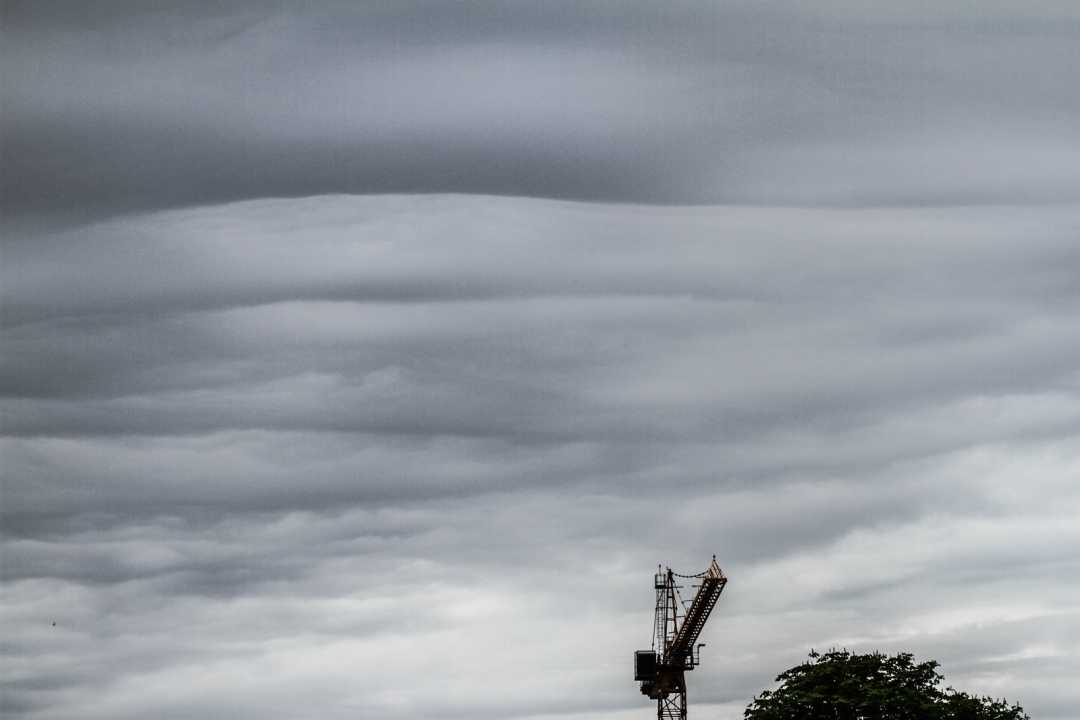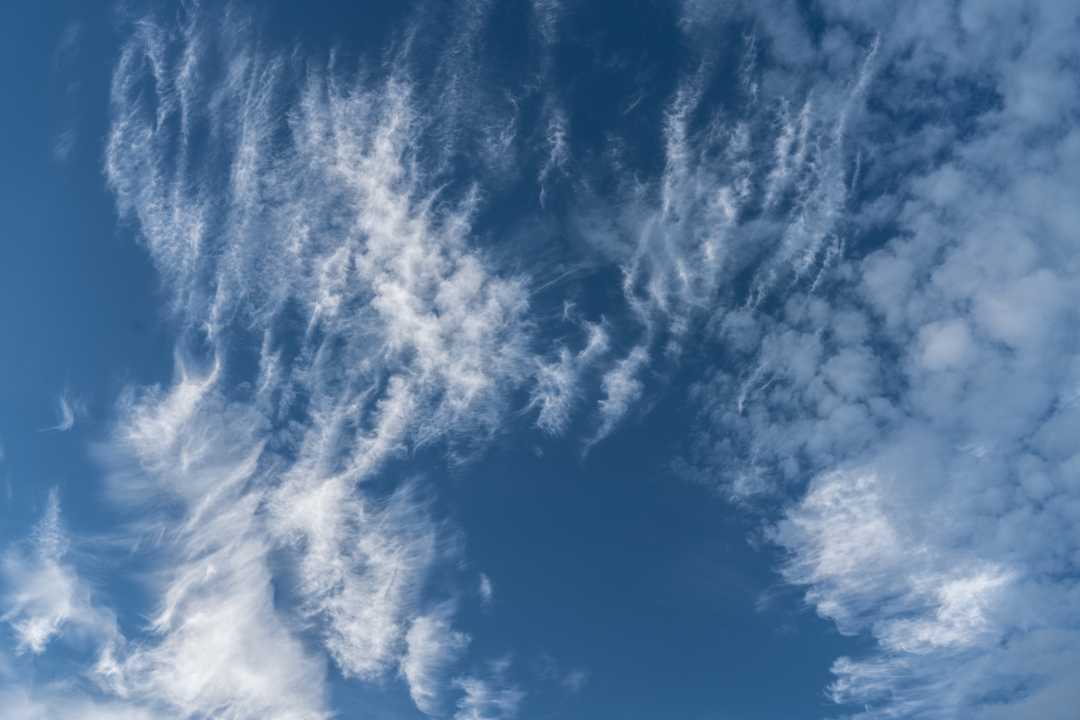Forum Replies Created
-
AuthorPosts
-
 Hans StockerParticipant
Hans StockerParticipantA marvelous and also surprising contribution to the raised question, Michael! You have my vote for Elvis Lip Cloud or the King’s Snarl. Your example of Asperitas is most certainly Worthy of the King and it supports your thoughts on this name very well!😎
When is Lips or Snarl is seen he might be in the building.
 Hans StockerParticipant
Hans StockerParticipantRuth, Great you have begun to like the blue hour. Nothing wrong with your camera for sure. Your “A Blue Morning – in a swing” is a perfect proof of that. Wonderful blues!
There is great symmetry is your last one Robert. Lakes and clouds do well together
I hope you like the next one with birds, Ruth.

Wait for us!
 Hans StockerParticipant
Hans StockerParticipantYes, my last one is not an obvious one, Michael. You describe the scene in a poetic way. Love it and I also recognize your considerations about the upside down look of asperitas. there are situations they don’t seem to like to be turned upside down. Like you say: poetry or indifference. You posted a magnificent example of ths statement.Can an analysis like yours be poetic in it’s own way? For sure it is!

I am sorry for the disturbing industrial and the natural detail as well. Hans StockerParticipant
Hans StockerParticipantThank you Patricia (or do you still prefer Keelin?) for your lovely poetic new year’s wish. I hope you will find every now and then some time to post on the Forum. I always look forward to your wonderful words. And … your Ice Crystal Sailing Vessel is wonderfully fairy like. Half Full or Half Empty as well. With these posts you already contributed to the fulfillment of you wish and I promise I will do my own attempts to do so too.
Is it the beginning of a new year? Michael also starts poetic in the Asperitas thread. Check his last one. I love it.
Here are the traditional Oliebollen with some powder sugar to start the new year with.

Oliebollen Met Poedersuiker
 Hans StockerParticipant
Hans StockerParticipantA happy new year to all. A new year promising new amazing and surprising Black and Whites.

Sticky Holes Hans StockerParticipant
Hans StockerParticipantA happy new year to you too, Michael, and to all. I read you gathered a lot to share from your backyard. Here’s one one from my backyard and for ease already presented upside down. What do you think?

An Upside-Down Beginning of The New Year
 Hans StockerParticipant
Hans StockerParticipant
Excalibur
 Hans StockerParticipant
Hans StockerParticipantMore reds…..

But also purples
 Hans StockerParticipant
Hans StockerParticipantGee, can’t help to share Don Martin’s impression of the Mona Lisa.😊

 Hans StockerParticipant
Hans StockerParticipantI Love the Mona Lisa, Michael. Ingenious. Great weather statute btw for Arizona. Rules are rules and also clouds have to obey them. Here we are are stuck in a cloud sit-in. The featureless greys don’t seem to want to leave. It is a dilemma. Jail them and they stay. Let them and there is a chance they give in for more interesting skies.

Obviously Not Now
 Hans StockerParticipant
Hans StockerParticipantGloomy dirty virga, Ruth.

Ice Crystals
 Hans StockerParticipant
Hans StockerParticipantYes, breezy, Ruth. I tried to find some more breezy ones. I come up with this one.

Gust
 Hans StockerParticipant
Hans StockerParticipantMany thanks Michael for your explanation. It is fun to read about that the origin being Haïti makes it a Pineapple monsoon.
I am a bit puzzled about the Pineapple silk which you compare with Pineapple spears. Pineapple silk appears to be a fabric and might not be that tasty all be it once in a lifetime.Unfortunately your #99 is not visible.
This is an old one with swirls. Let’s see whether I can upload it…

Yes, uploaded. No bothering AI filters here. Hans StockerParticipant
Hans StockerParticipantI love the thin swirling veils in #95, Michael. And the accompanying text as well. Very interesting, but what is a Pineapple monsoon? Can you explain?

🙃
 Hans StockerParticipant
Hans StockerParticipantNice lentcular cloudscape, Ruth.

Parallel Structure
-
AuthorPosts
















